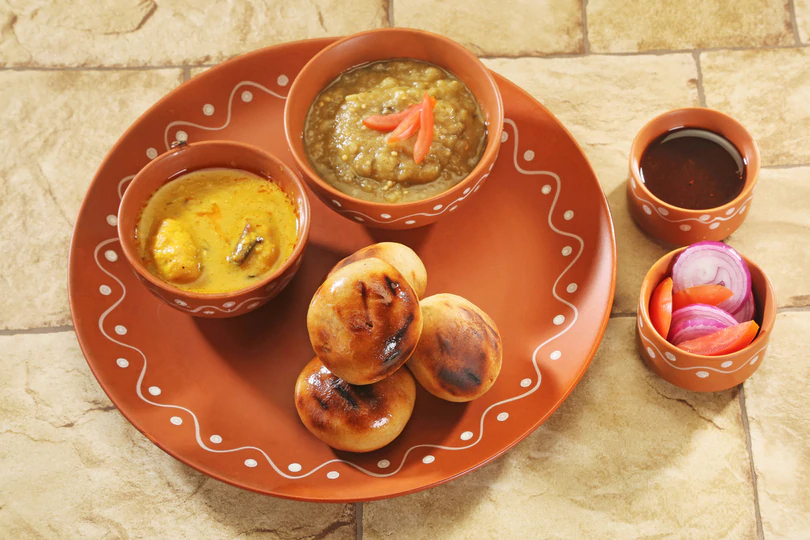
Embracing Divinity: A Day Tour of Religious Temples in Banaras
Banaras, or Varanasi as it’s officially known, is a city that captivates the soul with its spirituality, but it also enchants the eyes with its unique visual charm. The narrow lanes of this ancient city hide treasures of art, culture, and history. Join me on this visual journey as I explore the graffiti, paintings, old houses, and beautiful doors that adorn the streets of Banaras.
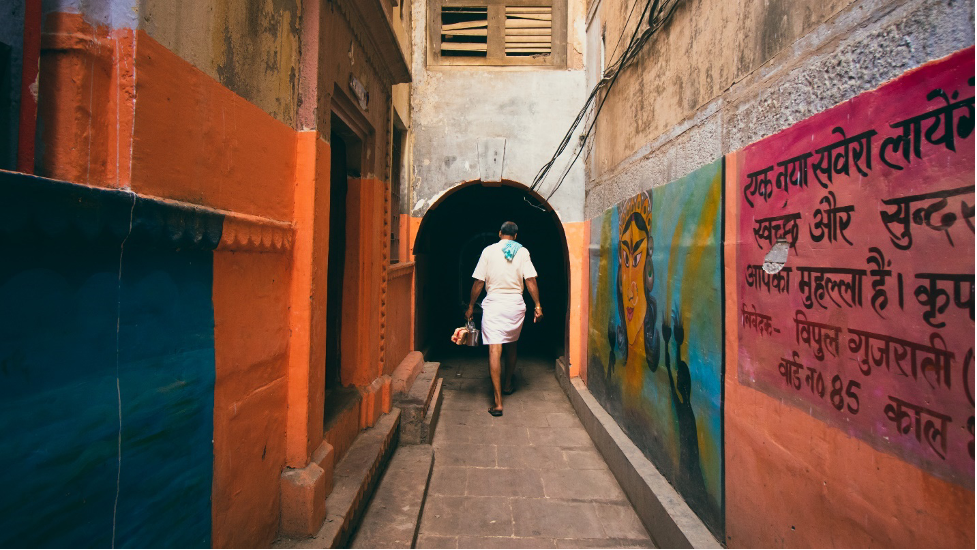
Into the Heart of Banaras
My adventure began as I ventured into the heart of Banaras, a city known for its labyrinthine lanes and historical richness. The narrow lanes, draped in a tapestry of history, whispered stories of the countless souls who had walked these paths before me.
The Graffiti That Speaks
One of the most delightful surprises during my exploration was the graffiti that adorned many walls in Banaras. The artwork ranged from intricate designs to thought-provoking messages. The graffiti seemed to have a voice of its own, sharing tales of love, spirituality, and social consciousness. As I strolled through the old quarters of the city, I discovered an alley adorned with vibrant murals depicting scenes from Indian mythology. Each stroke of paint seemed to breathe life into the walls, transporting me to a world of gods and goddesses.
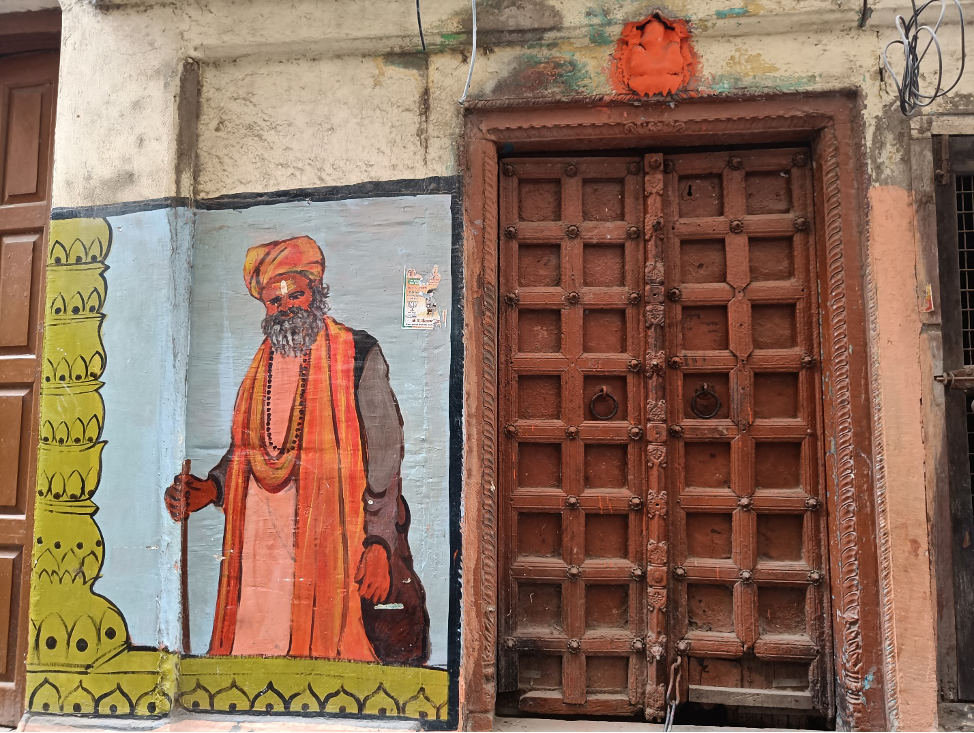
The Artistry of the Ghats
The ghats of Banaras, where life and death entwine in a sacred dance, are not just places of spirituality but also canvases for art. Along the ghats, I encountered beautifully painted steps, each telling a unique story. These paintings often depicted scenes from Hindu mythology, serving as both artistic expressions and spiritual reminders. One particular mural, near the Manikarnika Ghat, showcased the cycle of life and death, with intricate details that left me in awe of the artist’s skill. It was a poignant reminder of the impermanence of life and the eternal flow of the Ganges.
The Old Houses of Thatheri Bazar
Thatheri Bazar, also known as Kachori Gali, is a treasure trove of old houses that have stood the test of time. These quaint abodes are adorned with charming wooden balconies and ornate iron grilles. It felt like stepping back in time as I wandered through the narrow lanes, admiring the architectural elegance of these age-old structures. The highlight of my day was stumbling upon a century-old haveli, where time seemed to have stood still. Its weathered walls, intricately carved wooden doors, and fading frescoes told tales of a bygone era. As I peered through the intricate iron grilles, I couldn’t help but feel a deep sense of nostalgia.
The Doors of Banaras
Banaras is a city of beautiful doors, each with its unique character and charm. The doors of old houses and temples are adorned with intricate carvings, vibrant colors, and sacred symbols. I embarked on a door-hunting expedition, capturing the elegance and stories etched into each one. One door, in particular, caught my attention. It belonged to a small temple tucked away in a narrow alley. The door was adorned with intricate carvings of Lord Krishna playing the flute, surrounded by dancing gopis. It was a testament to the craftsmanship and devotion of the artisans who had created it.
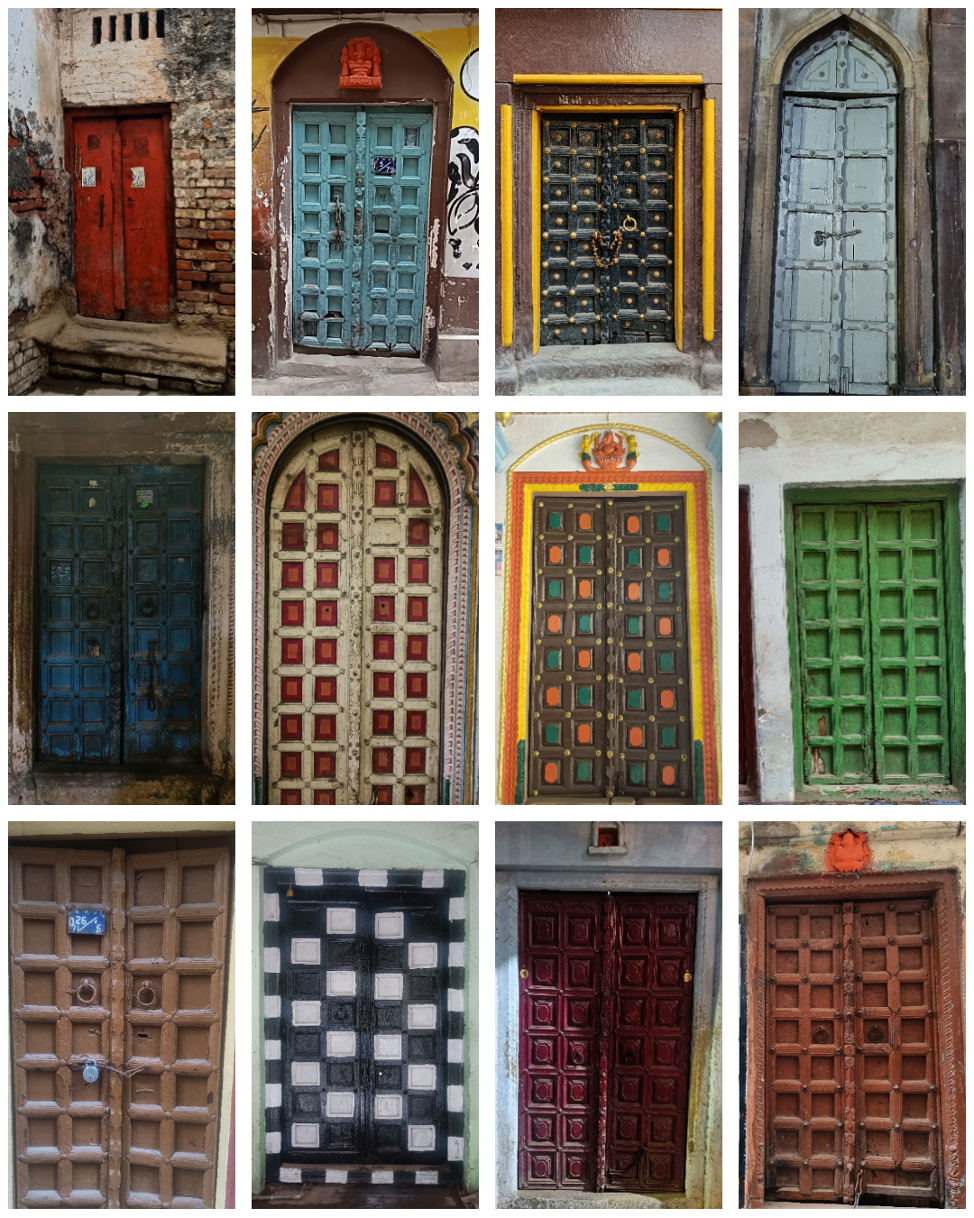
The Painted Galleries of Bazaars
Banaras’ bazaars are not just shopping hubs; they are also galleries of art and culture. As I explored the bustling markets, I discovered shops adorned with colorful paintings and murals that celebrated the city’s vibrant traditions. In a silk saree shop, I found walls adorned with intricate depictions of Banaras’ iconic ghats and temples. The paintings were so detailed that they seemed like windows to the real sites themselves. It was a fusion of art and commerce that added to the unique charm of the city.
The Spiritual Graffiti of Temples
Banaras is a city of temples, and even the sacred places of worship are not untouched by artistic expressions. I visited the Sankat Mochan Hanuman Temple, where the walls bore intricate graffiti depicting scenes from Lord Hanuman’s life. The vibrant colors and attention to detail were a testament to the devotion of the artists. As I sat in the temple courtyard, gazing at the graffiti-covered walls, I felt a sense of serenity and spiritual connection. It was a reminder that art, spirituality, and culture are intertwined in the fabric of Banaras.
The Living Art of Banaras
One of the most captivating aspects of Banaras is its people, who themselves are a living expression of art and culture. The women in their vibrant sarees, the sadhus in their ochre robes, and the artisans practicing their crafts on the streets – they all contribute to the living artistry of Banaras. I spent time interacting with local artists, who passionately shared their stories and creations. A visit to a small pottery shop allowed me to try my hand at pottery-making, under the guidance of a skilled artisan. It was a humbling experience that deepened my appreciation for the city’s artistic spirit.
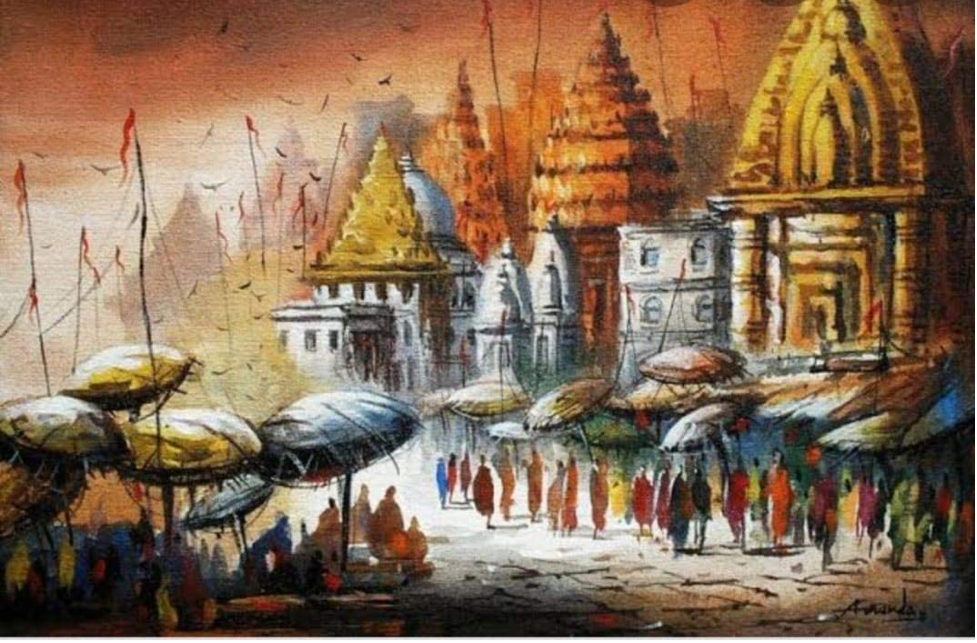
Conclusion: A City That Breathes Art
Banaras is not just a city of spirituality and ancient traditions; it is also a canvas of artistic expression. From the thought-provoking graffiti to the intricate paintings and the timeless elegance of old houses and doors, every nook and cranny of Banaras tells a story of art and culture. My journey through the narrow lanes of Banaras had been a visual feast, a testament to the city’s enduring charm and creative spirit. It left me with a profound appreciation for the intertwining of art, history, and spirituality in this ancient city. As I bid farewell to Banaras, I carried with me not only memories of its beauty but also a deeper understanding of the artistic soul that breathes life into its streets.


